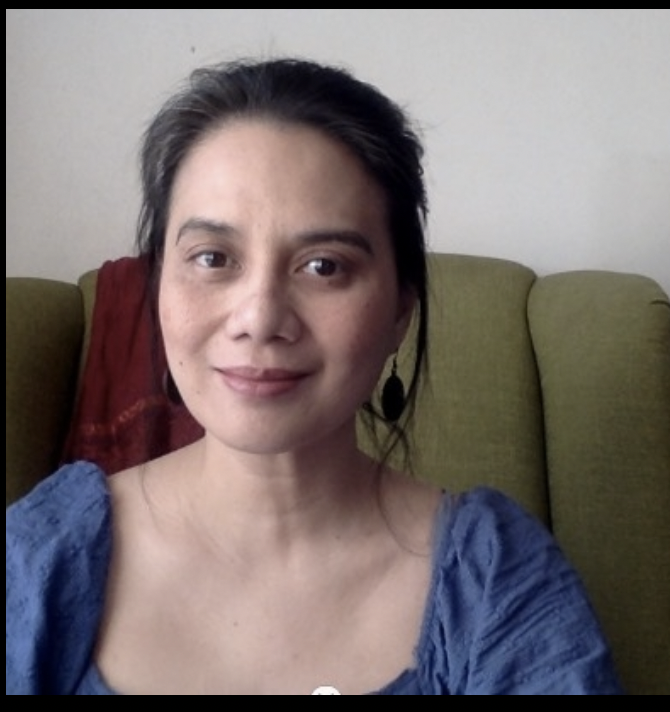Her warrior heart
published 8 Sept 2008. MST
Nowadays, 32-year-old Tummy Gabasa walks around with a slight bulge over her heart. Doctors at the Makati Medical Center last month inserted what they called the automatic implantable cardioverter defibrillator into her system, a rechargeable device that works like a pacemaker and is on constant standby to revive her heart should it all of a sudden beat irregularly, or altogether stop.
Hypertrophic cardiomyopathy -- just another one of those multi-syllabic medical terms -- was how her doctors called her condition. She was diagnosed with it when she was barely 13, after she had already lost her mother and an older sister to the same ailment. Essentially, this meant that her heart was growing bigger. Since it’s a family affair, she lost a brother, and yet another sister, in succeeding years.
Tummy and I were part of a group of scrawny fourteen-year-olds whose idea of happiness was to sit on the grass of our high school in the late afternoon, munch on sour cream-flavored popcorn and revel at the mystery of the individual futures that awaited us. There were just too many possibilities. What course would I end up taking? What university would I get into? What would be my husband's name? How many children would I have? What would be my life work? Tummy was of the opinion that everything had been pre-designed and that living was a matter of accepting what was meant for you -- and believing there was a reason for it.
In our junior year in high school, as if the threat carried by her heart condition were not enough, Tummy figured in an LPG tank explosion in her house. The sight of her helplessness was revolting. I remember visiting her every Saturday morning at Capitol Medical Center and thinking that these things should be happening to the many bad people out there. Not to the promising student leader and perennial optimist that my friend was.
But Tummy was Tummy -- she recovered, caught up with her lessons, and in our graduation rites the following year became the recipient of the Alfonso Yuchengco Foundation Award for Excellence in Leadership. She was an officer of the student council and was active in the community organizing prayer groups for teenagers.
She tried hard to lead a normal life. After high school, she enrolled in a behavioral science course at St. Paul's College Manila. Then she shifted to dentistry at Centro Escolar University because becoming a dentist was the closest she could ever get to putting on a white suit. Her dream was to become a doctor, but she knew she could not sustain the pressure, the late nights and the stress that came with pursuing a medical degree.
But she was not able to finish college. In the late 1990s, her condition had become more precarious. Her remaining older sister, spared from the disease that has downed their family, had increasingly become more protective of her. In May 2002, Tummy had her first stroke. The second stroke came in November of that year. There was a long interval – and then the third attack happened just this July. She was confined to the intensive care unit for several days. Her doctors told her the device should be plugged in – or else.
The AICD prolongs the patient's life but does not address nor cure the basic problem. Tummy, however, remains irrepressible. She jokes that more than not having the opportunity to get a career, she has not been able to get a love life. Her heart problems started early, to be sure, but they have always been purely literal.
In the meantime, her sister has asked me to help organize a fund-raising activity among our batch mates in the RVM-run Our Lady of Grace Academy (now St. Mary’s Academy of Caloocan City.) The medical expenses have caused the family to be in debt. I thought a reunion would be the best venue for the cause. But in the last month or so, I have had a difficult time dealing with our former classmates as a group. I realized this was the stage they were building careers and establishing families. As a result, we have had to settle for individual inquiries, messages, and, yes, contributions.
The outpouring of support, albeit individually, was good. It is in causes like this that technology is put to good use. Spreading the word among our contemporaries, anywhere they may be in the world, has become easier.
As for Tummy, she says that her main challenge is adjusting to sporting the AICD that does not even permit her to get anywhere near a cell phone or any other device that may interfere with the signals of the device. When she texts her friends or writes a blog entry, she dictates it to a cousin who in turn executes the posting. Tummy wonders whether she can ever feel whole and normal again. There are a lot of things she wishes she could still do. In her younger days, she was often running around campus involved in one activity or another. As a student leader, she used to plan and organize programs and make sure they are done. She dealt with administrators, teachers, religious leaders, students and parents alike. Being the center of attention – pampered, even, or assisted by others to do the most basic of tasks like walking to the bathroom or changing her clothes -- does not come naturally to Tummy.
And yet my friend maintains, as she always has, that she is meant to shine – and give glory to her Maker -- in this manner.
